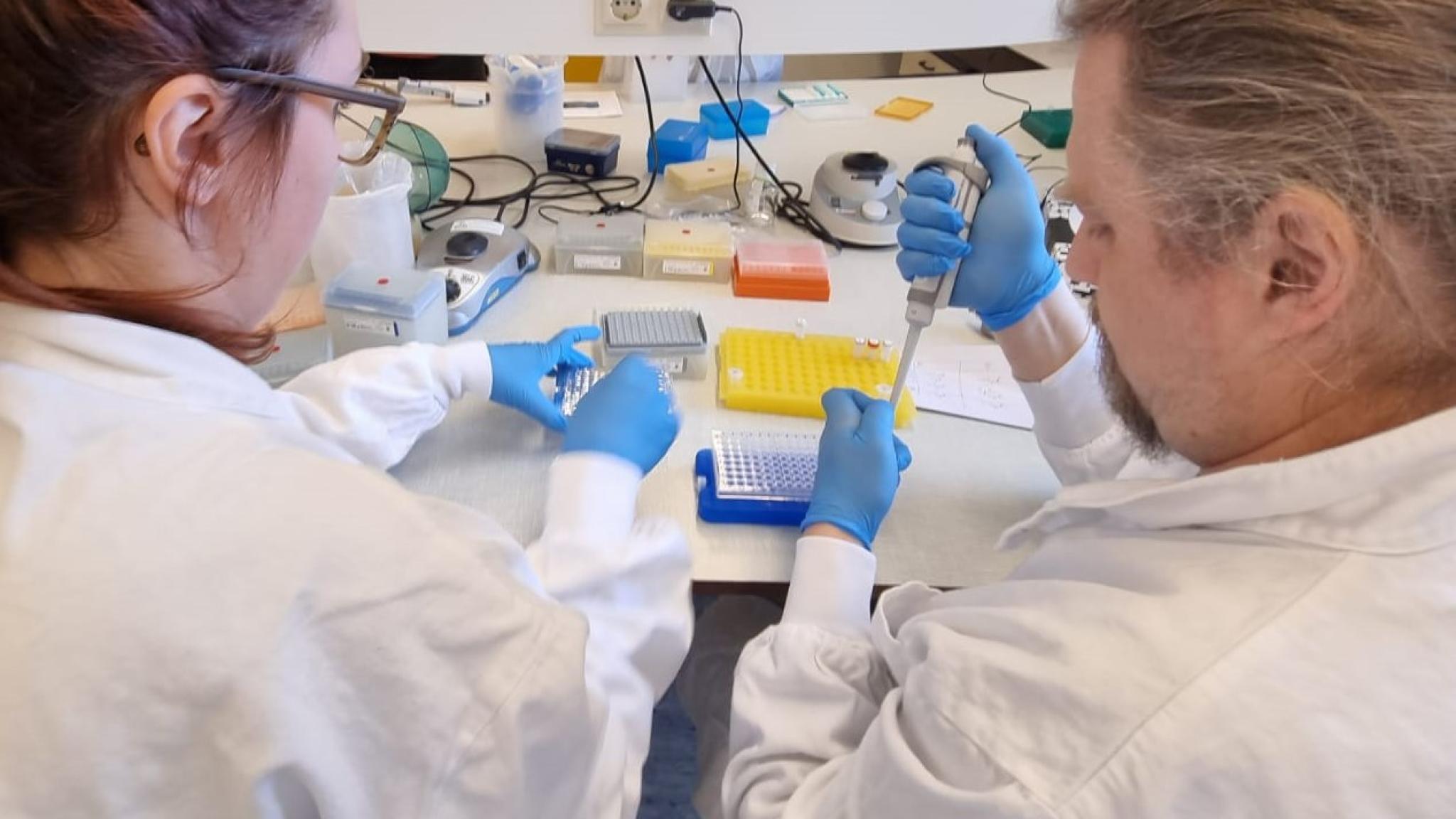All about TB in a rapidly evolving landscape

The global landscape for tuberculosis (TB) and related health challenges is at a critical juncture. TB remains a formidable global health threat, compounded by antimicrobial resistance (AMR) and shrinking financial support. Urgent action and renewed funding are essential to prevent a worsening crisis.
1. TB reclaims top spot as infectious killer:
In 2023, TB once again became the leading infectious disease killer, with an estimated 10.8 million cases and 1.25 million deaths (WHO). Multidrug-resistant TB (MDR-TB) exemplifies the AMR crisis. These resistant strains are harder to treat and threaten to undo decades of medical advances, especially in health systems that are already strained or underprepared.
2. Shrinking funding for global health:
The WHO 2024 Global TB Report highlights severe financial gaps, with half of TB-affected households facing catastrophic costs for diagnosis and treatment. Global funding cuts risk stalling research, disrupting services, and reversing progress against TB, AMR, and emerging health threats.
3. Advances in technology and innovation:
Despite these challenges, new technologies promise faster, more accurate, and accessible care. AI-enabled chest X-ray reporting, next-generation sequencing for drug resistance, and advanced antigen detection are expanding diagnostic capabilities. Scaling proven interventions such as early detection, rapid molecular diagnostics, and shorter treatment regimens, remains vital. Yet challenges in access, uptake, and optimization highlight the need for investment in social and implementation science.
Global North Challenges
European and other governments are increasingly concerned about TB, AMR, and pandemic threats. The WHO European Region accounts for 25% of global MDR-TB cases, despite low overall incidence. Vulnerable migrant populations face barriers to care, while health systems often show poor clinical readiness, including limited staff training, slow drug registration, and weak infrastructure.

Global South Challenges
Over 90% of TB cases occur in the Global South, particularly in Southeast Asia and Africa. Reliance on international aid, limited fiscal space, and fragile health systems threaten TB control efforts. Stigma continues to discourage care-seeking, while unequal access affects vulnerable populations. Community engagement is increasingly seen as critical, yet TB programs often lack integration with broader health services and alignment with the Sustainable Development Goals (SDGs).

KNCV's Role
In this complex global context, KNCV’s leadership is more vital than ever. As a center of expertise, it promotes innovative, effective, and sustainable TB control strategies tailored to both North and South. By strengthening ownership and collaboration at national and global levels, KNCV can help sustain progress and accelerate the effort to end TB.